China’s culinary landscape is as vast and diverse as its geography and history. From fiery Sichuan hotpots to delicate Cantonese dim sum, every region offers unique flavors and dining traditions. This guide introduces you to China’s iconic dishes, regional specialties, and tips for savoring them like a local.
Part 1: The Diversity of Chinese Cuisine
Chinese food is categorized into "Eight Great Cuisines", each reflecting local ingredients, climate, and culture:
1. Sichuan Cuisine
Flavor Profile: Bold, spicy, and numbing (thanks to Sichuan peppercorns).
Must-Try Dishes:
Mapo Tofu: Silken tofu in chilibean sauce with minced pork.
Kung Pao Chicken: Stirfried chicken with peanuts, chili, and Sichuan peppercorns.
Hotpot: DIY cooking in a bubbling broth (try Haidilao for a premium experience).
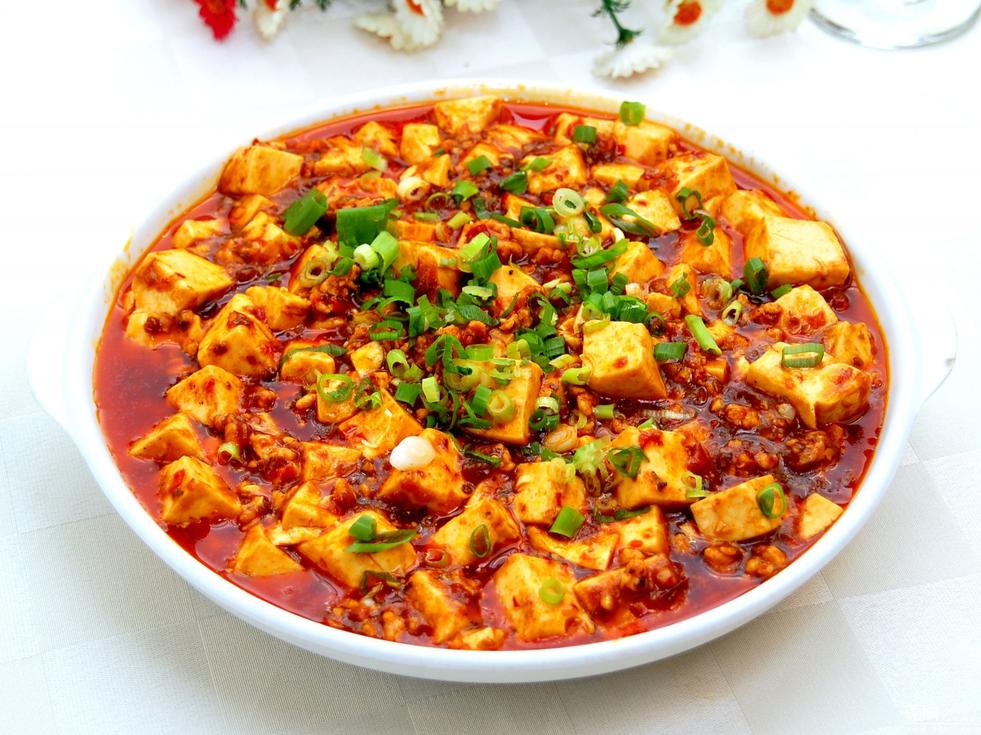 |
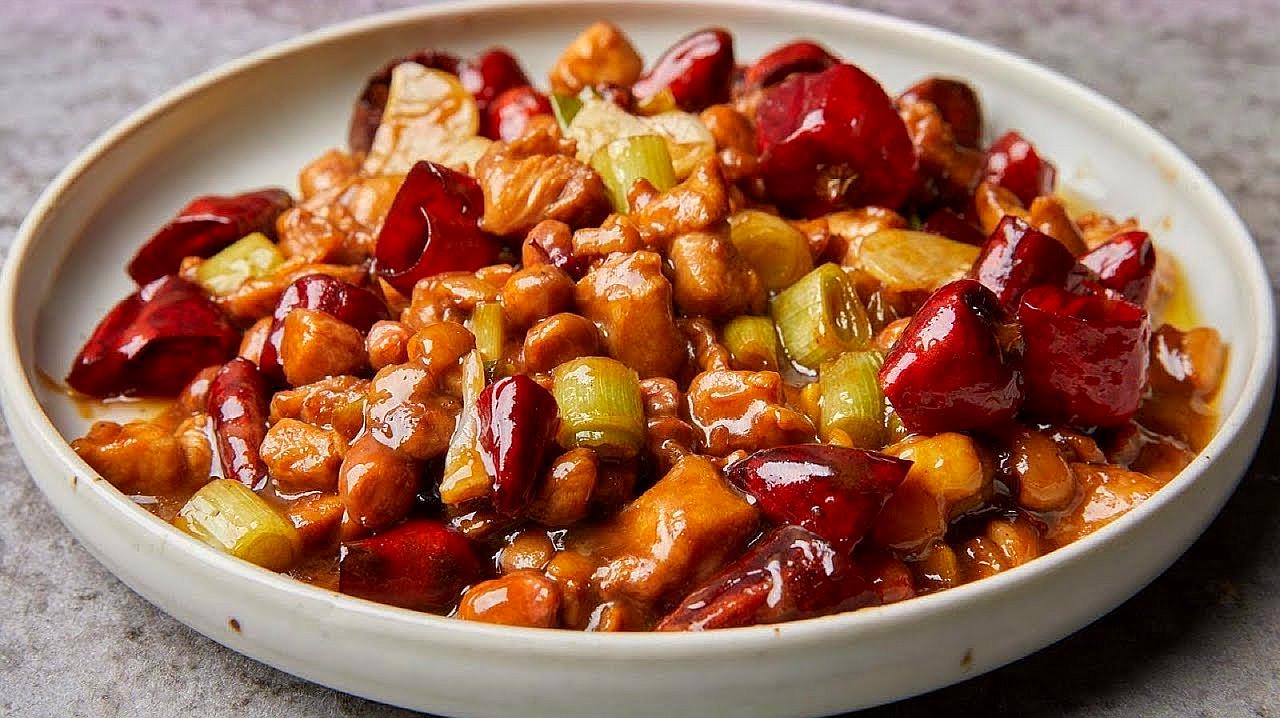 |
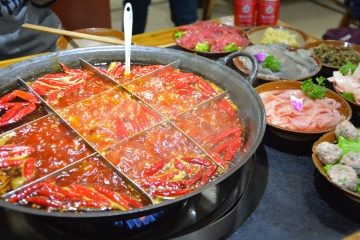 |
| Mapo Tofu | Kung Pao Chicken | Hotpot |
2. Cantonese Cuisine
Flavor Profile: Light, fresh, and subtly sweet.
Must-Try Dishes:
Dim Sum: Bitesized delights like har gow (shrimp dumplings) and char siu bao (BBQ pork buns).
Roast Goose: Crispy skin with succulent meat, served with plum sauce.
Wonton Noodle Soup: Thin egg noodles in clear broth with shrimp filled wontons.
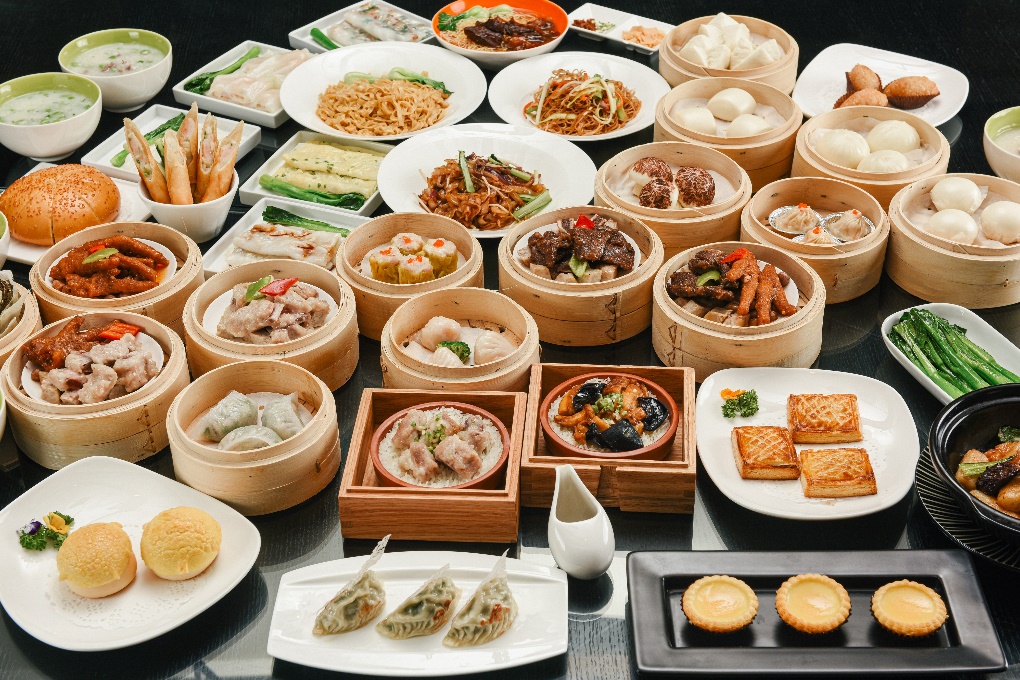 |
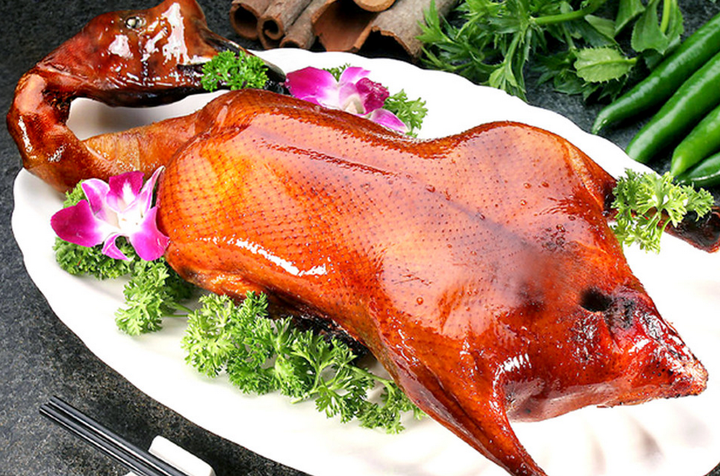 |
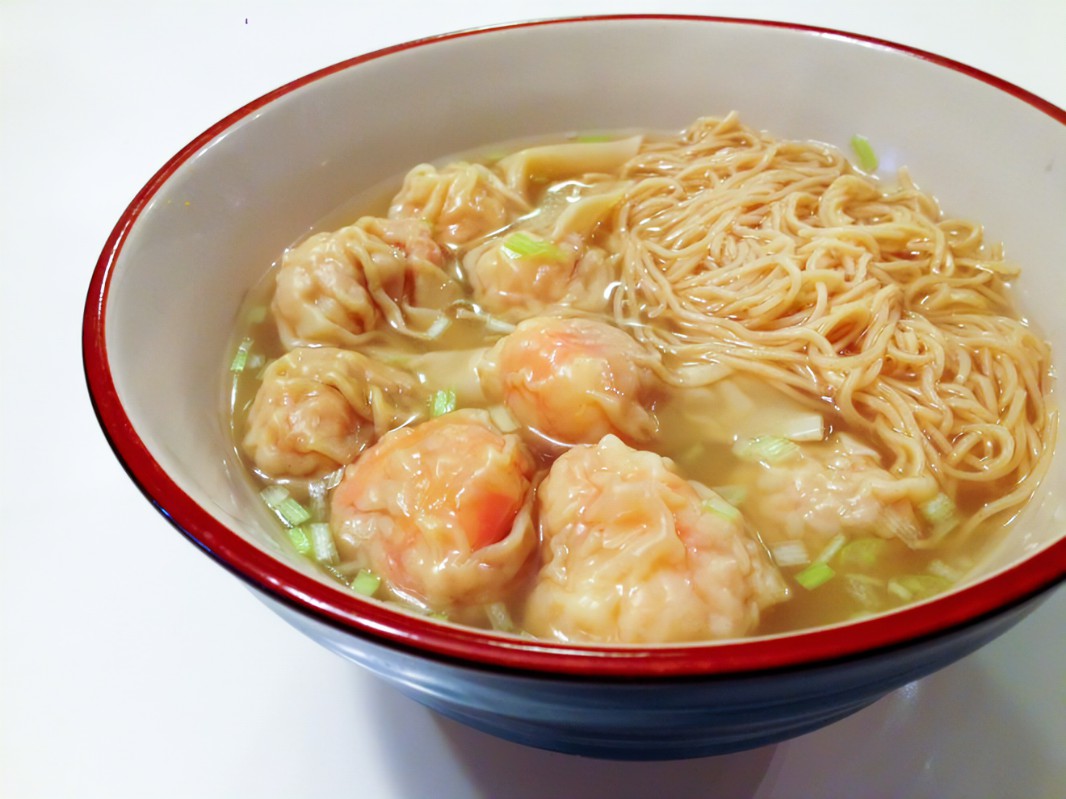 |
| Dim Sum | Roast Goose | Wonton Noodle Soup |
3. Shandong Cuisine
Flavor Profile: Salty, savory, and seafood focused.
Must-Try Dishes:
Sweet and Sour Carp: Crispy fried fish with tangy sauce.
Pancakes with Scallions: Flaky, layered bread perfect for breakfast.
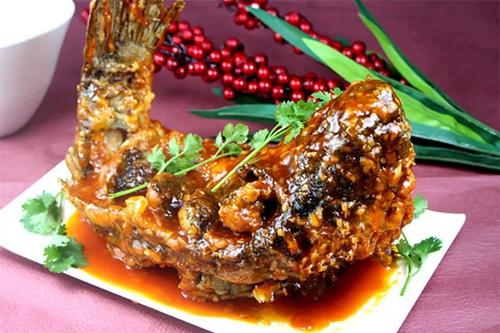 |
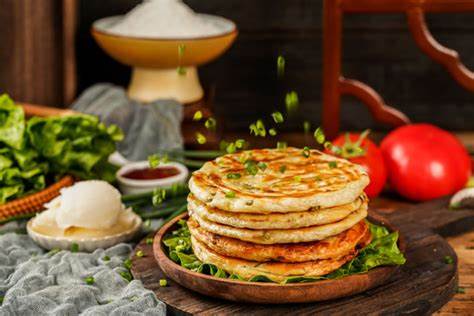 |
| Sweet and Sour Carp | Pancakes with Scallions |
4. Jiangsu Cuisine
Flavor Profile: Sweet, refined, and artfully presented.
Must-Try Dishes:
Lion’s Head Meatballs: Pork meatballs braised in soy sauce.
Yangzhou Fried Rice: Aromatic rice with shrimp, ham, and peas.
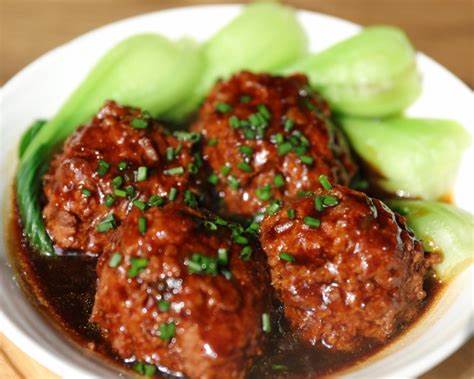 |
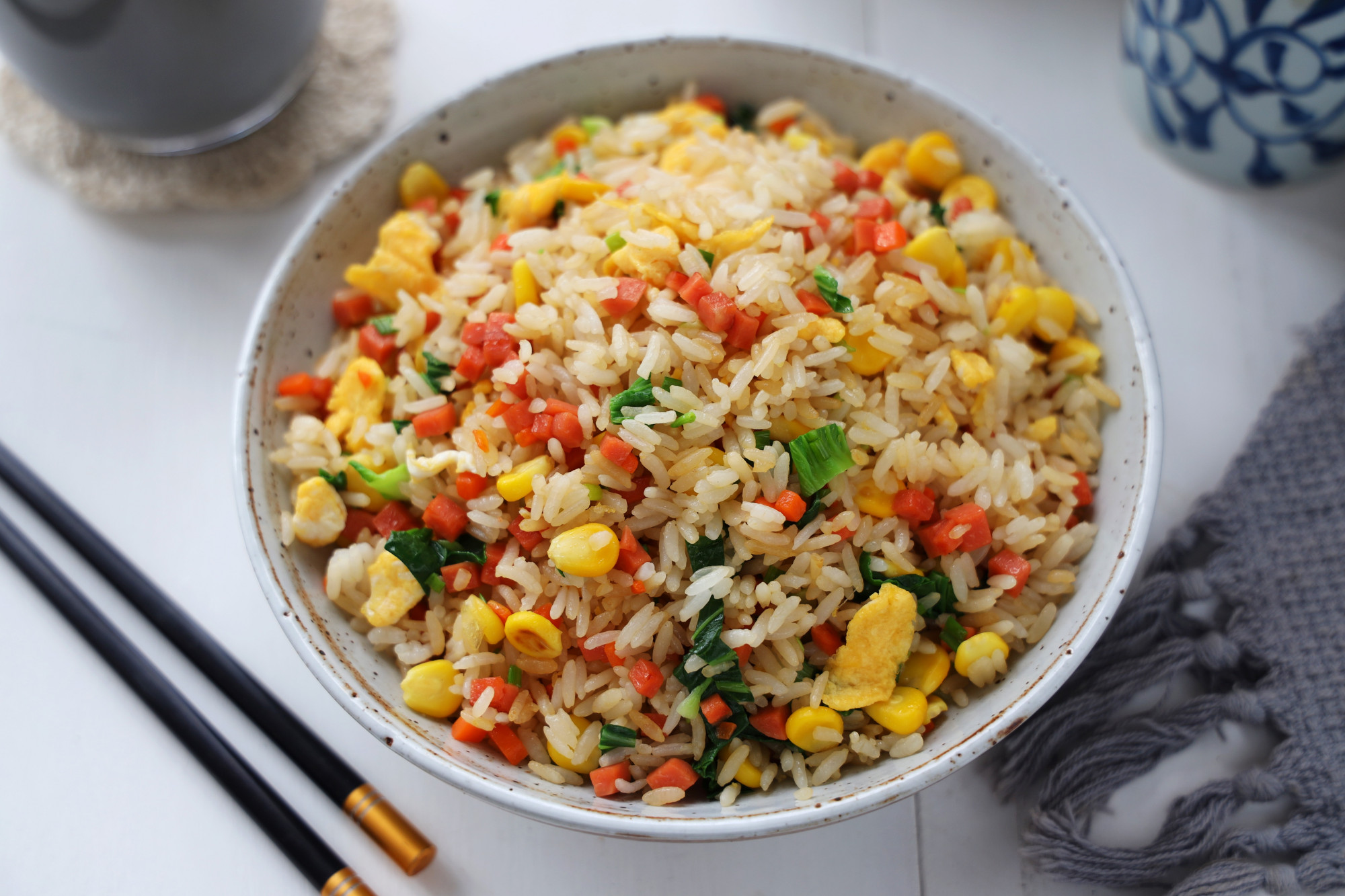 |
| "Lion’s Head" Meatballs | Yangzhou Fried Rice |
5. Hunan Cuisine
Flavor Profile: Fiery and smoky, with fresh chili peppers.
Must-Try Dishes:
Red Braised Pork: Fatty pork belly simmered in soy sauce and chili.
Stir-fried Chili Chicken: Crispy chicken tossed with dried chilies.
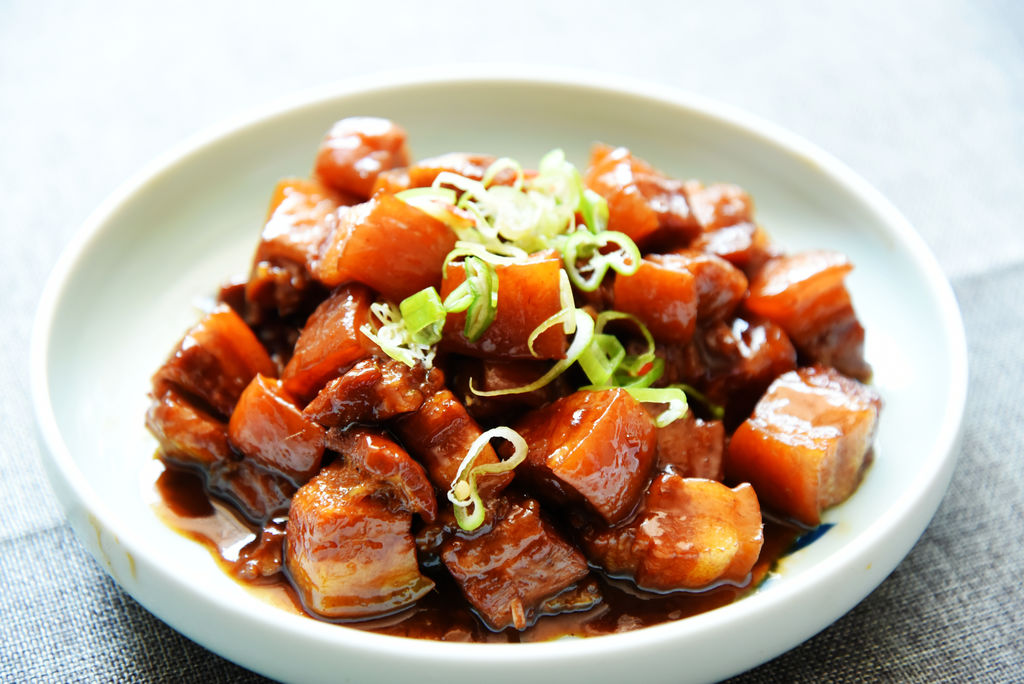 |
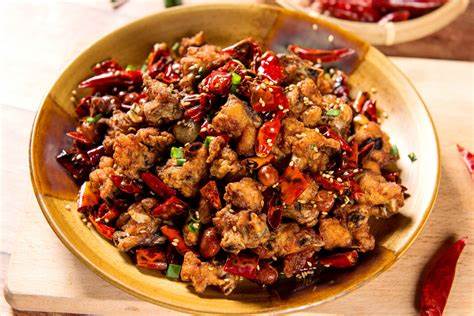 |
| Red Braised Pork | Stir-fried Chili Chicken |
6. Fujian Cuisine
Flavor Profile: Umami rich, often using seafood and soups.
Must-Try Dishes:
Fo Tiao Qiang: Luxurious stew with abalone, shark fin, and mushrooms.
Oyster Omelette: Crispy edges with plump oysters.
 |
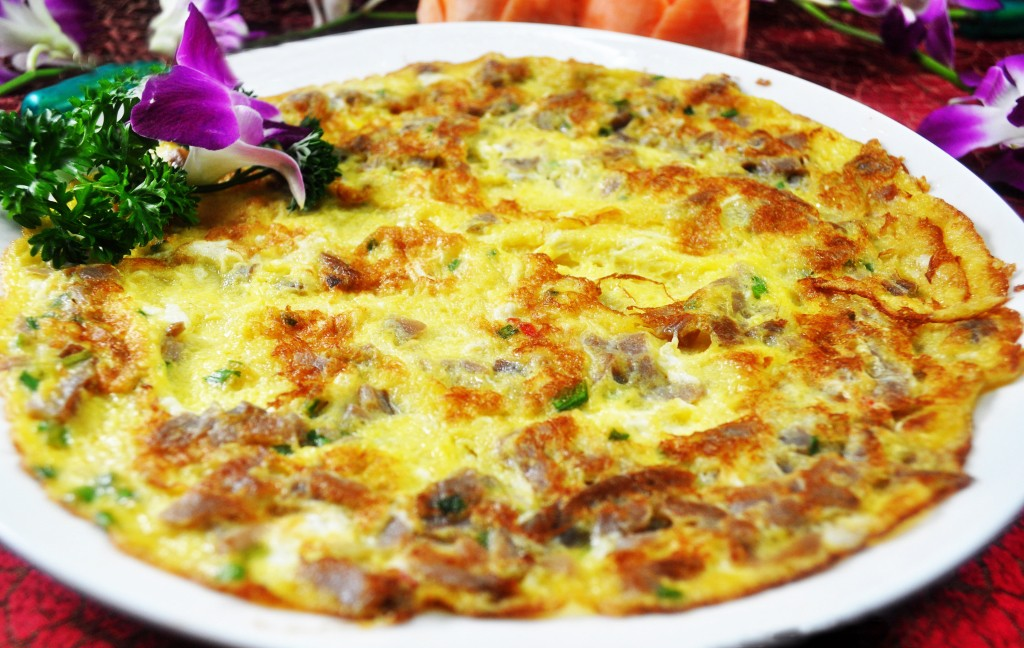 |
| Fo Tiao Qiang | Oyster Omelette |
7. Zhejiang Cuisine
Flavor Profile: Fresh, tender, and mildly sweet.
Must-Try Dishes:
Dongpo’s Braised Pork: Braised pork belly named after a Song Dynasty poet.
West Lake Fish in Vinegar Gravy: Sweet and sour freshwater fish.
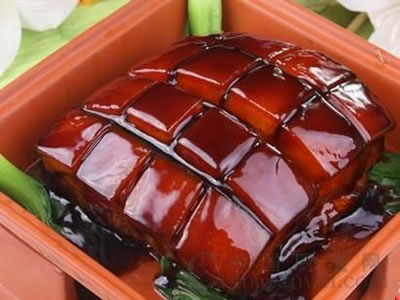 |
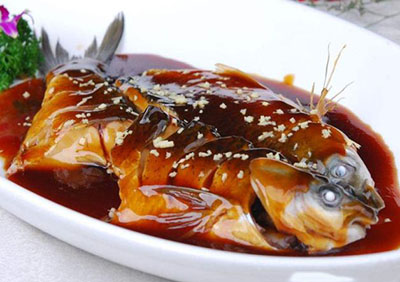 |
| Dongpo’s Braised Pork | West Lake Fish in Vinegar Gravy |
8. Anhui Cuisine
Flavor Profile: Earthy, with wild herbs and preserved ingredients.
Must-Try Dishes:
Braised Mandarin Fish: Fermented fish with a pungent aroma.
Bamboo Shoots with Ham: A rustic mountain dish.
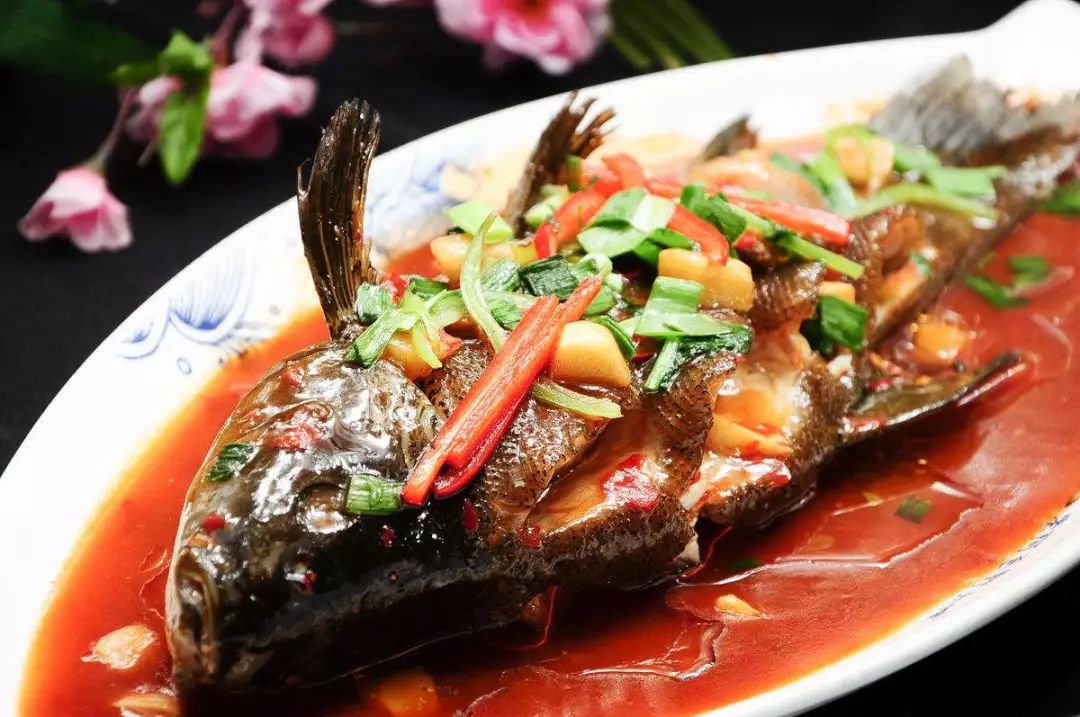 |
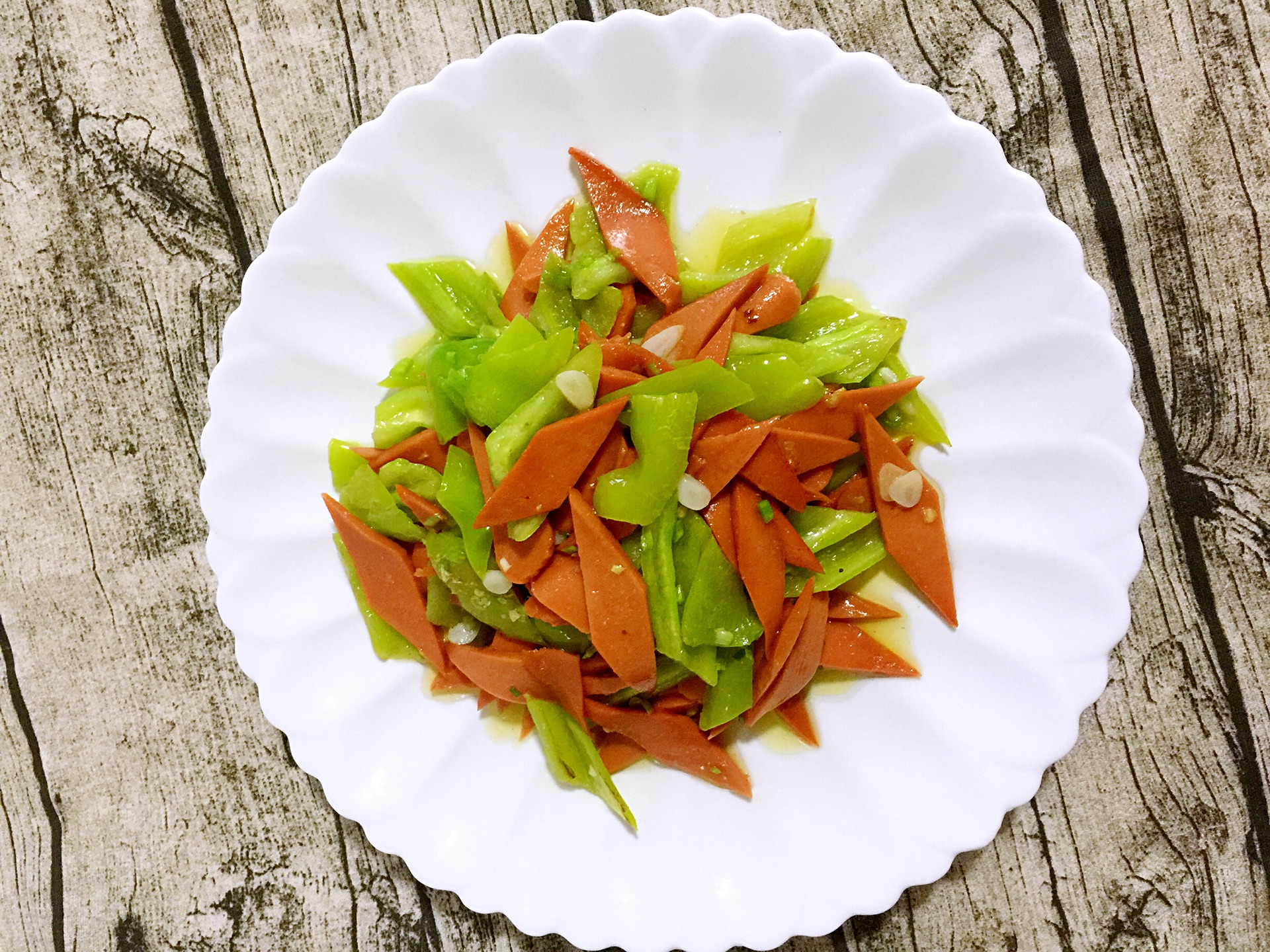 |
| Braised Mandarin Fish | Bamboo Shoots with Ham |
Part 2: Street Food & Snacks
China’s street food is a gateway to its soul. Don’t miss these iconic bites:
Northern China
Jianbing: Crispy crepe with egg, cilantro, and chili sauce (Beijing).
Roujiamo: Shredded pork stuffed in flatbread (Xi’an).
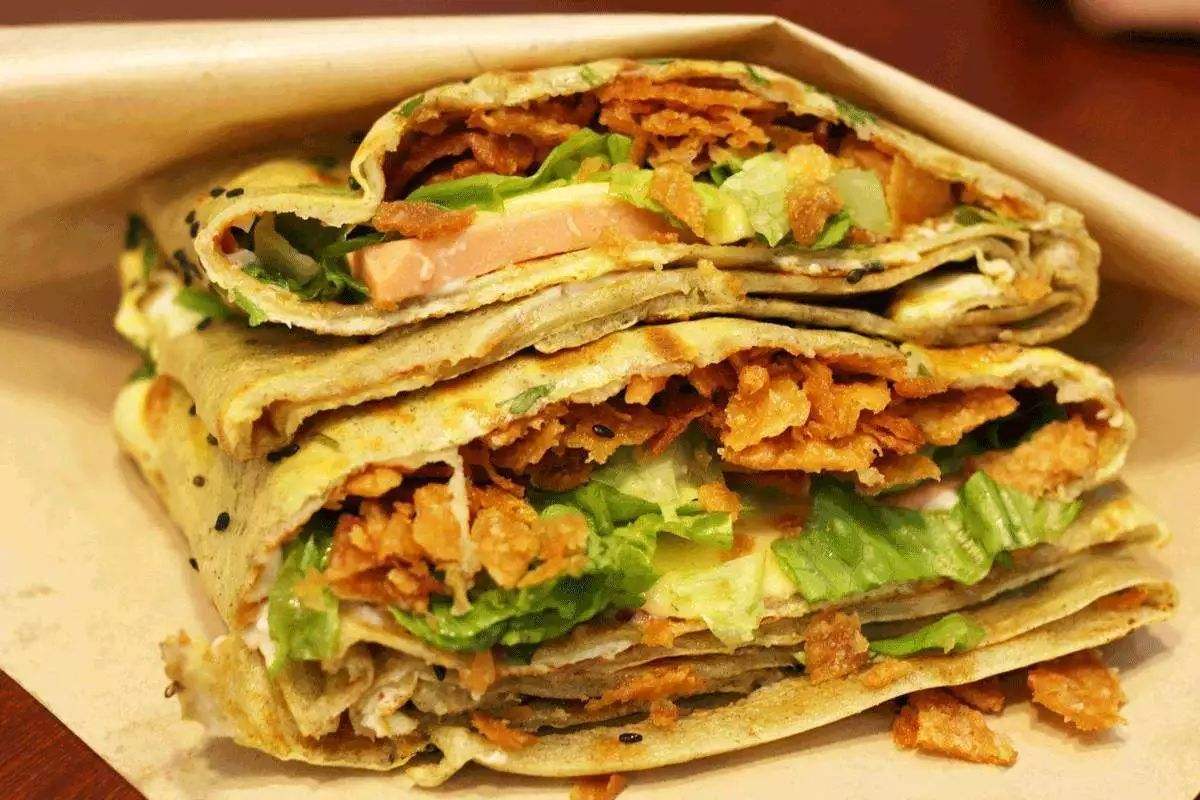 |
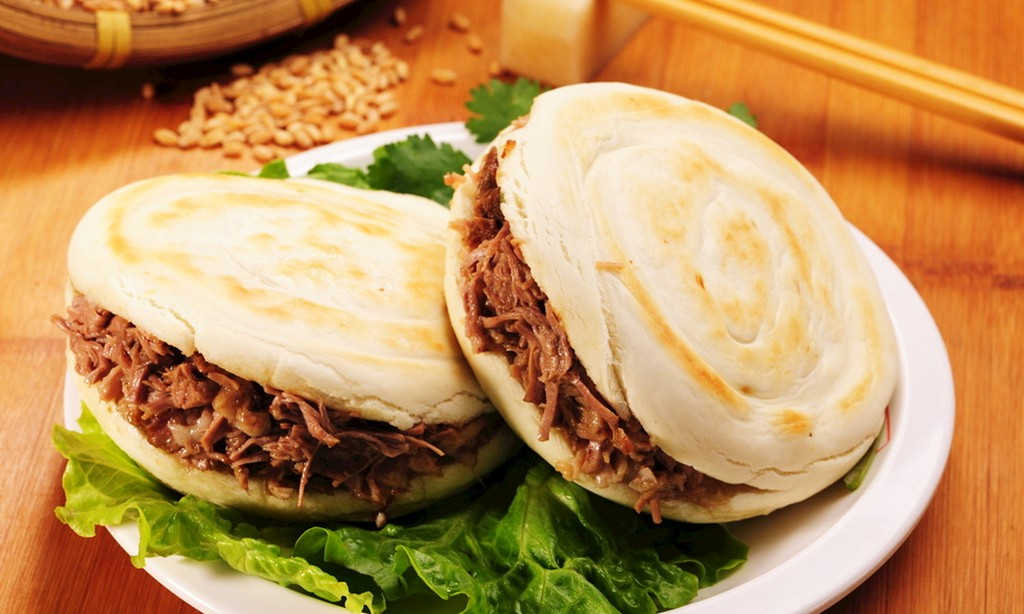 |
| Jianbing | Roujiamo |
Southern China
Xiaolongbao: Soup-filled dumplings (Shanghai).
Stinky Tofu: Fermented tofu deep-fried and served with pickles (Changsha).
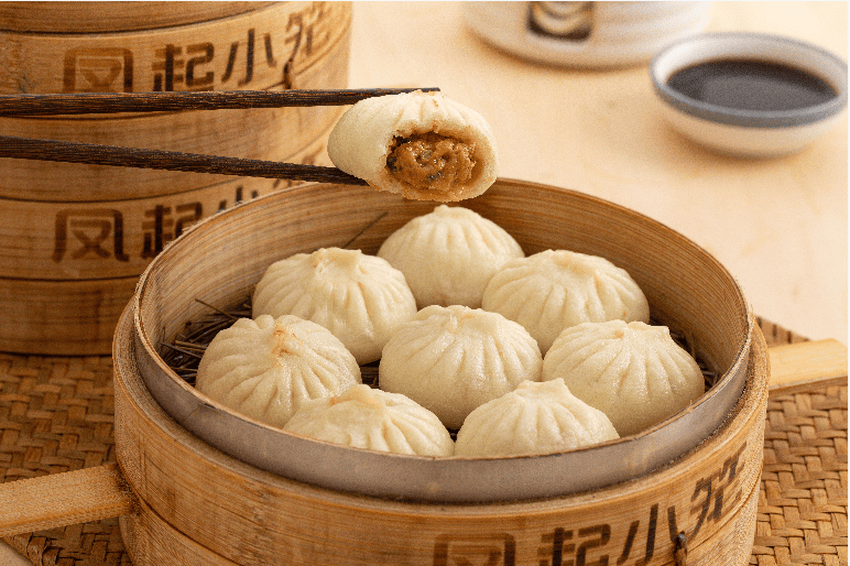 |
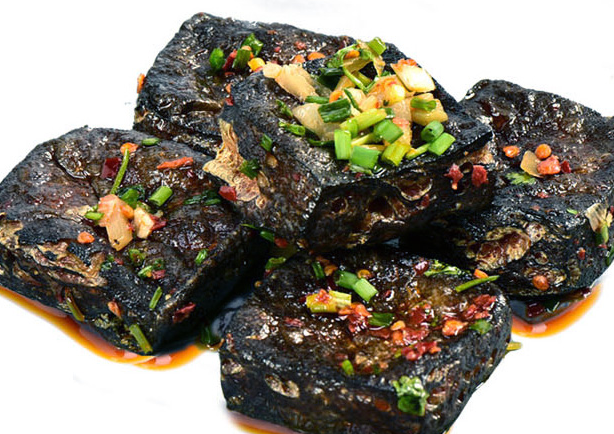 |
| Xiaolongbao | Stinky Tofu |
Western China
Laghman Noodles: Hand-pulled noodles with lamb and vegetables (Xinjiang).
Yak Butter Tea: Salty, creamy tea (Tibet).
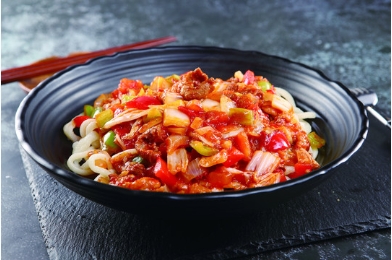 |
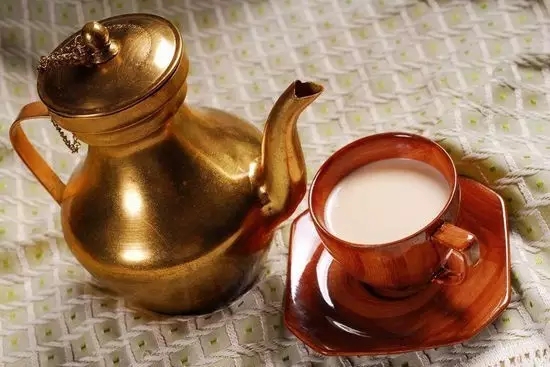 |
| Laghman Noodles | Yak Butter Tea |
Part 3: Dining Etiquette & Tips
1. Shared Meals: Dishes are placed in the center; use serving chopsticks or spoon to take food.
2. Chopstick Taboos:
Don’t stick chopsticks upright in rice (resembles funeral rituals).
Don’t point people with chopsticks.
3. Toasting: Say "Ganbei!" before drinking. It’s polite to reciprocate.
4. Tipping: Not expected, except in upscale restaurants (check the bill for service charges).
Part 4: How to Experience Chinese Food Like a Local
1. Night Markets:
Wangfujing Snack Street (Beijing): Scorpion skewers and candied hawthorns.
Fujian Road (Shanghai): Soup dumplings and scallion pancakes.
2. Cooking Classes:
Learn to make dumplings in Beijing or Sichuan hotpot in Chengdu.
3. Tea Culture:
Sip Longjing (Dragon Well) tea in Hangzhou or Pu’er in Yunnan.
China’s food is a journey of discovery—whether you’re slurping noodles in a back alley or feasting on Peking duck in a Michelin-starred restaurant. Embrace the adventure, and let your taste buds lead the way!
Part 5: Vegetarian & Vegan Dining in China
While Chinese cuisine heavily features meat, vegetarian options abound with some know-how:
Buddhist Vegetarian Cuisine
Where to Find: Temple restaurants (e.g., Longjing in Hangzhou, Jing'an Temple in Shanghai), Veggie Restaurants.
Must-try Dishes:
Mock Meat: Glutenbased "duck," "pork," and even "abalone" seasoned to perfection.
Luo Han Zhai: Mixed vegetables with mushrooms and tofu in a light broth.
Modern Vegan Eateries
Beijing: King's Joy (Michelinstarred vegan fine dining).
Shanghai: Vegetarian Lifestyle (affordable mockmeat dishes).
Part 6: Navigating Food Allergies & Dietary Restrictions
China’s cuisine can be challenging for those with allergies. Here’s how to cope:
Common Allergens Alert
Peanuts/Nuts: Often used in sauces (e.g., Kung Pao Chicken).
Shellfish: Hidden in soups and stirfries (even when not visible).
Safe Bets:
✔ Steamed rice or noodles with clear broth.
✔ Fresh fruit from markets (wash thoroughly!).
Part 7: How to Order Like a Pro
At Restaurants
1. Decoding Menus:
Look for these characters:
炒 (chǎo) = stirfried
煮 (zhǔ) = boiled
烤 (kǎo) = grilled
辣 (là) = spicy
2. Portion Sizes:
Dishes are meant for sharing—order 1 dish per person + rice/noodles.
At Street Stalls
Point to what others are eating or use the universal language of hand gestures.
Cash is king (small bills preferred).
Part 8: Regional Breakfasts to Start Your Day
China’s breakfast culture is a world of its own:
| Region | Dish | Description |
| Shanghai | Ci Fan Tuan | Sticky rice roll with pickles, pork floss, and youtiao |
| Guangdong | Congee + Youtiao | Rice porridge with toppings (pork, century egg) and fried dough. |
| Xi’an | Rou Jia Mo | Chinese "burger" with braised pork in flatbread. |
| Wuhan | Re Gan Mian | Hot dry noodles with sesame paste and pickled radish. |
Part 9: Bizarre (But Tasty!) Foods for the Adventurous
For travelers seeking unique experiences:
Century Egg: Blackened preserved egg with a creamy, ammonia-rich yolk (try with tofu).
Chicken Feet: Braised or steamed, a dim sum favorite.
Scorpion Skewers: Crunchy street snack in Beijing’s Wangfujing.
Drunken Shrimp: Live shrimp soaked in liquor (Shanghai).
Tip: Approach with an open mind—textures can surprise more than flavors!
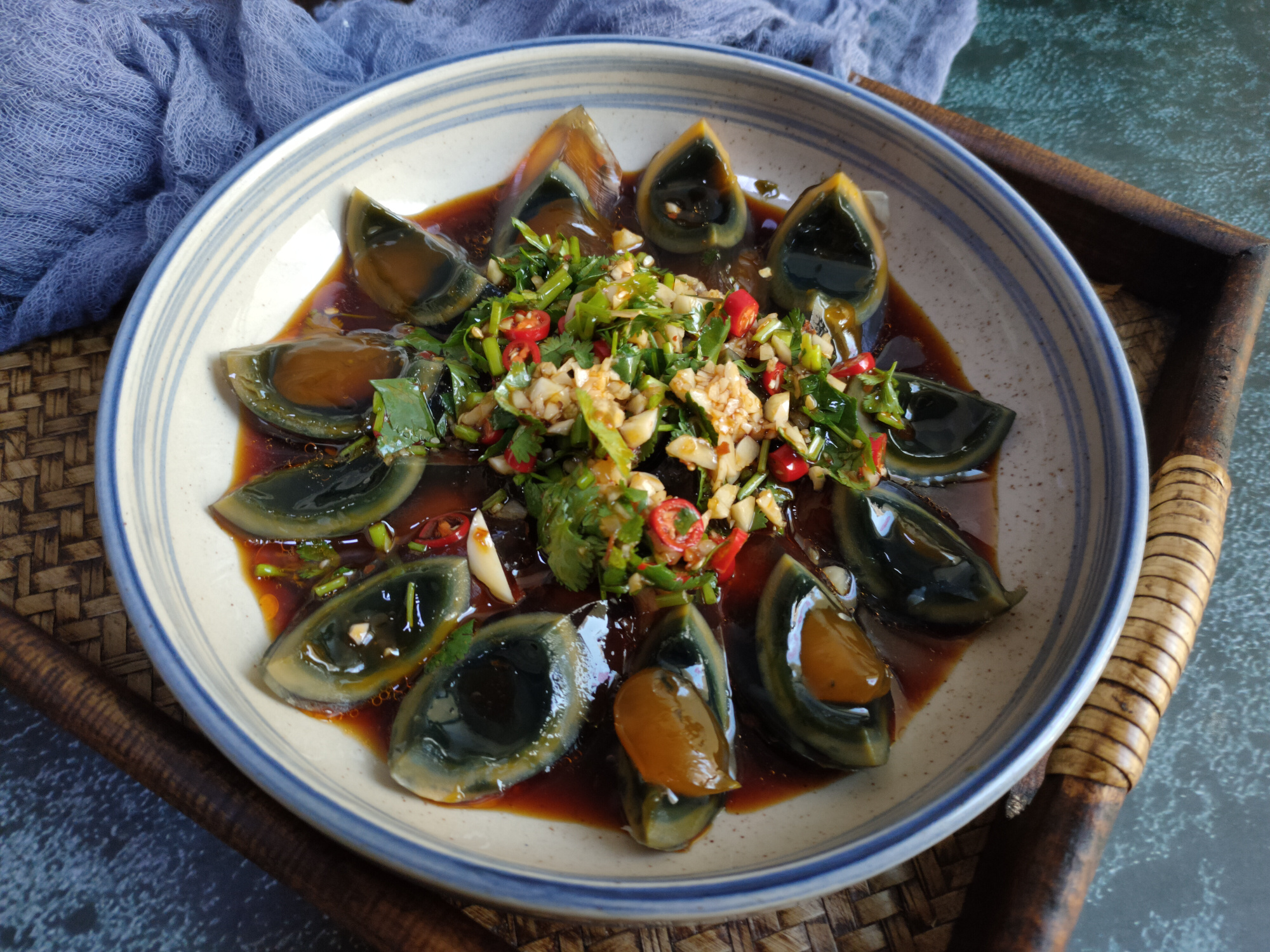 |
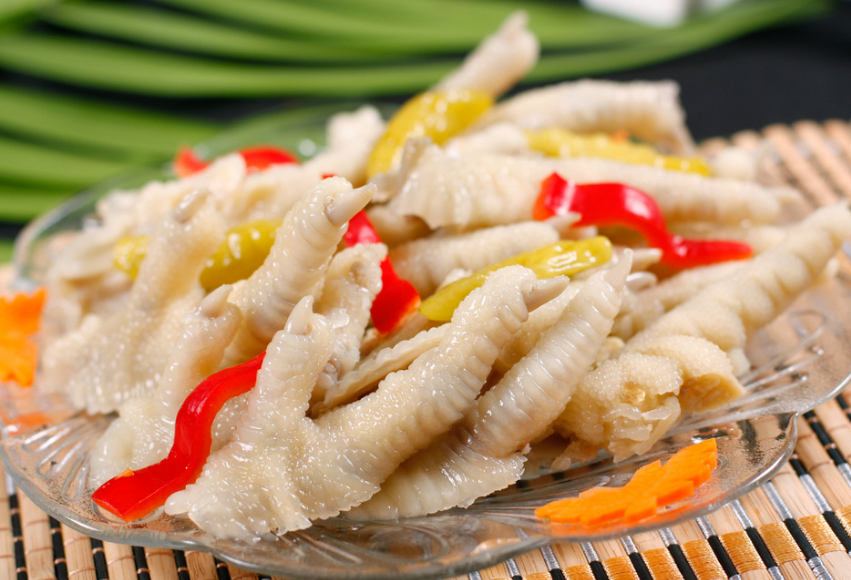 |
| Century Egg | Chicken Feet |
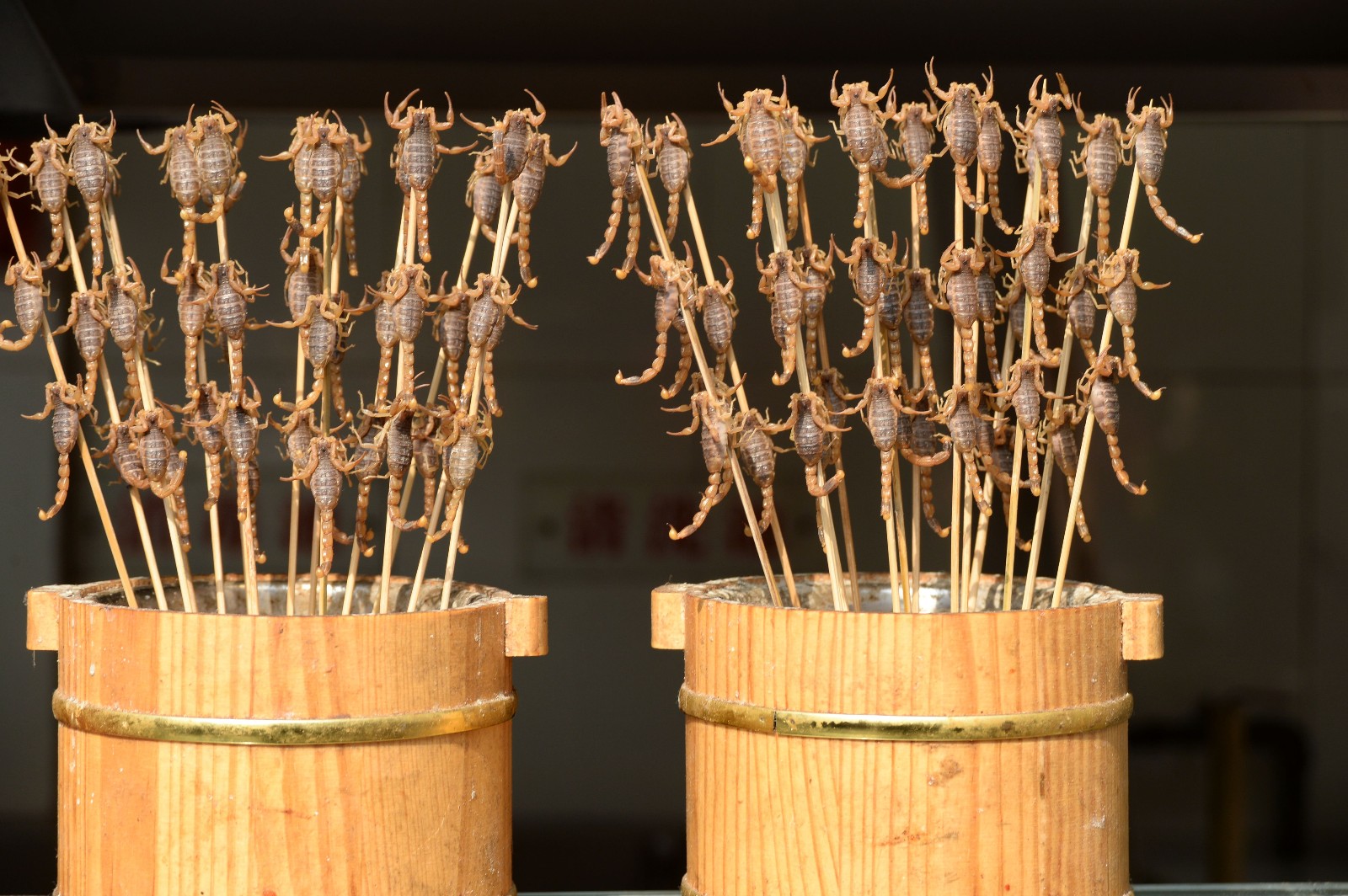 |
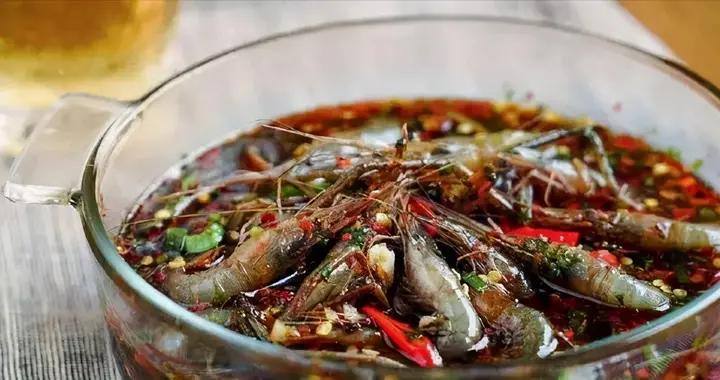 |
| Scorpion Skewers | Drunken Shrimp |
Part 10: Tea & Alcohol: Chinese Beverage Culture
Tea Types:
Green Tea (e.g., Longjing): Fresh, grassy.
Oolong (e.g., Tieguanyin): Semi-oxidized, floral.
Pu’er: Earthy, fermented, improves with age.
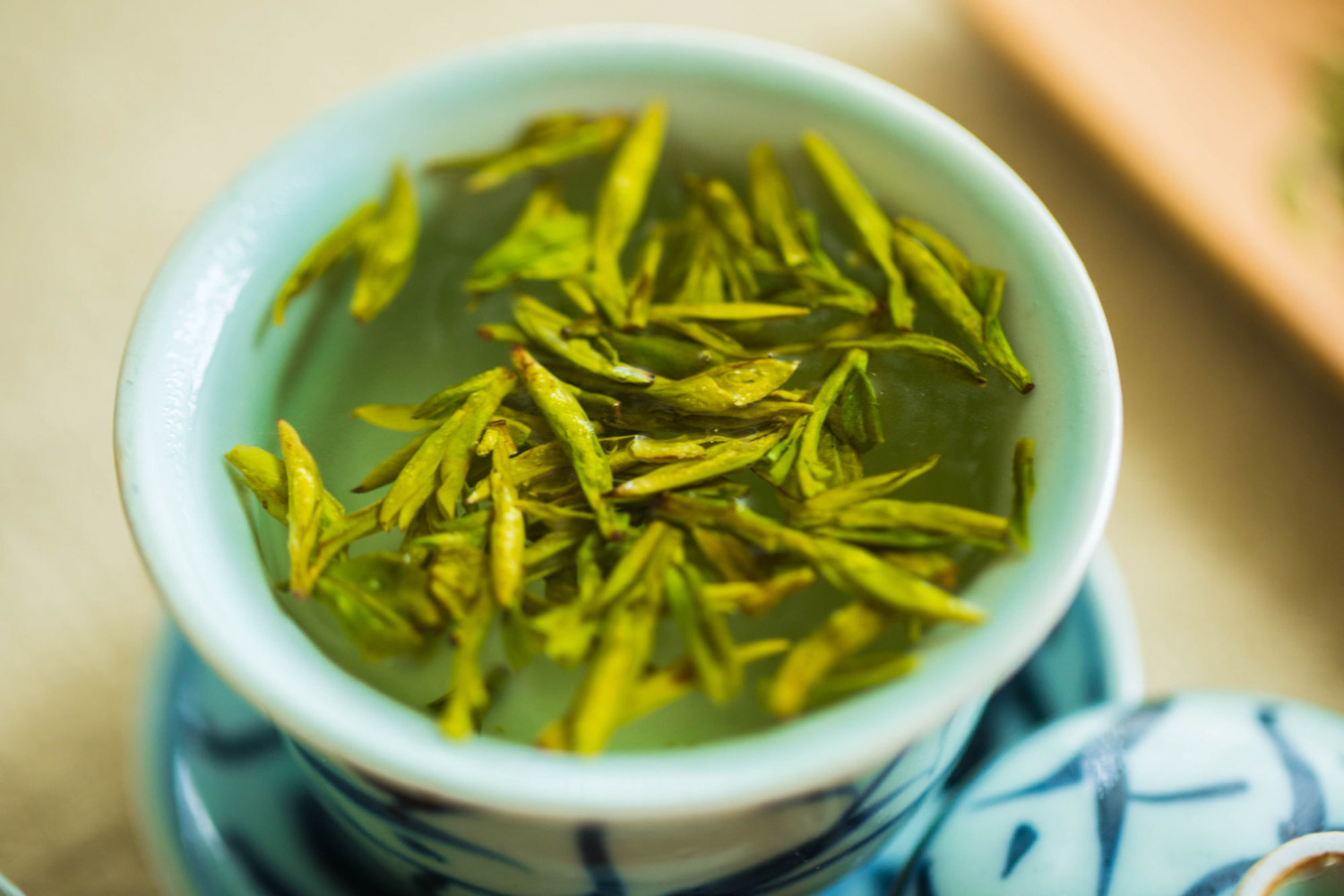 |
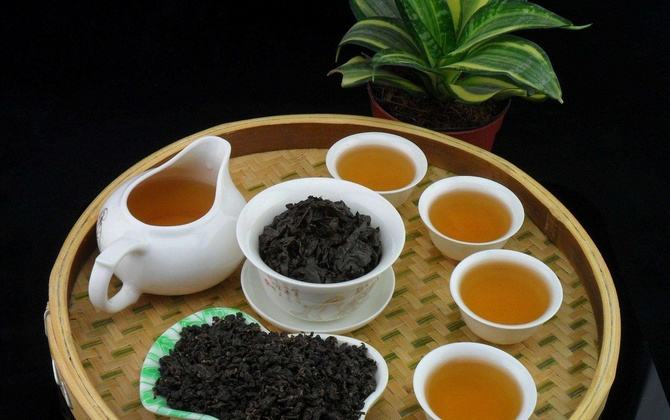 |
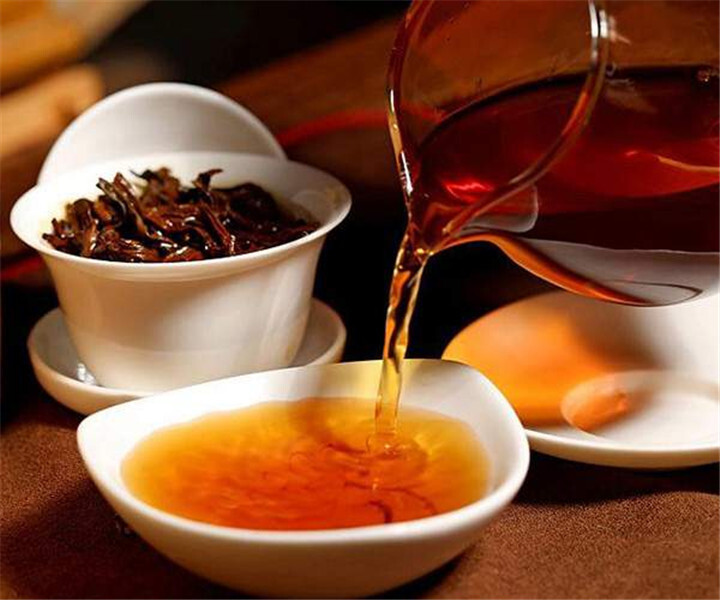 |
| Green Tea | Oolong | Pu’er |
Alcohols
Baijiu: Strong (50–60% ABV!) grain liquor; try Moutai.
Huangjiu: Mellow rice wine, its unique flavor will bring you unforgettable experience.
Craft Beer: Growing scene in cities like Beijing (Great Leap Brewing).
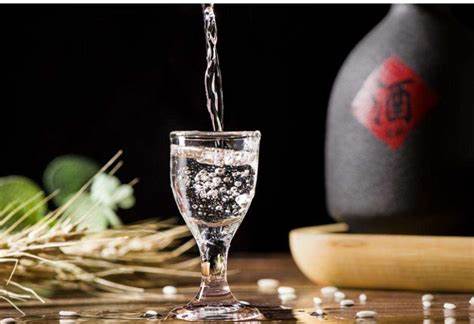 |
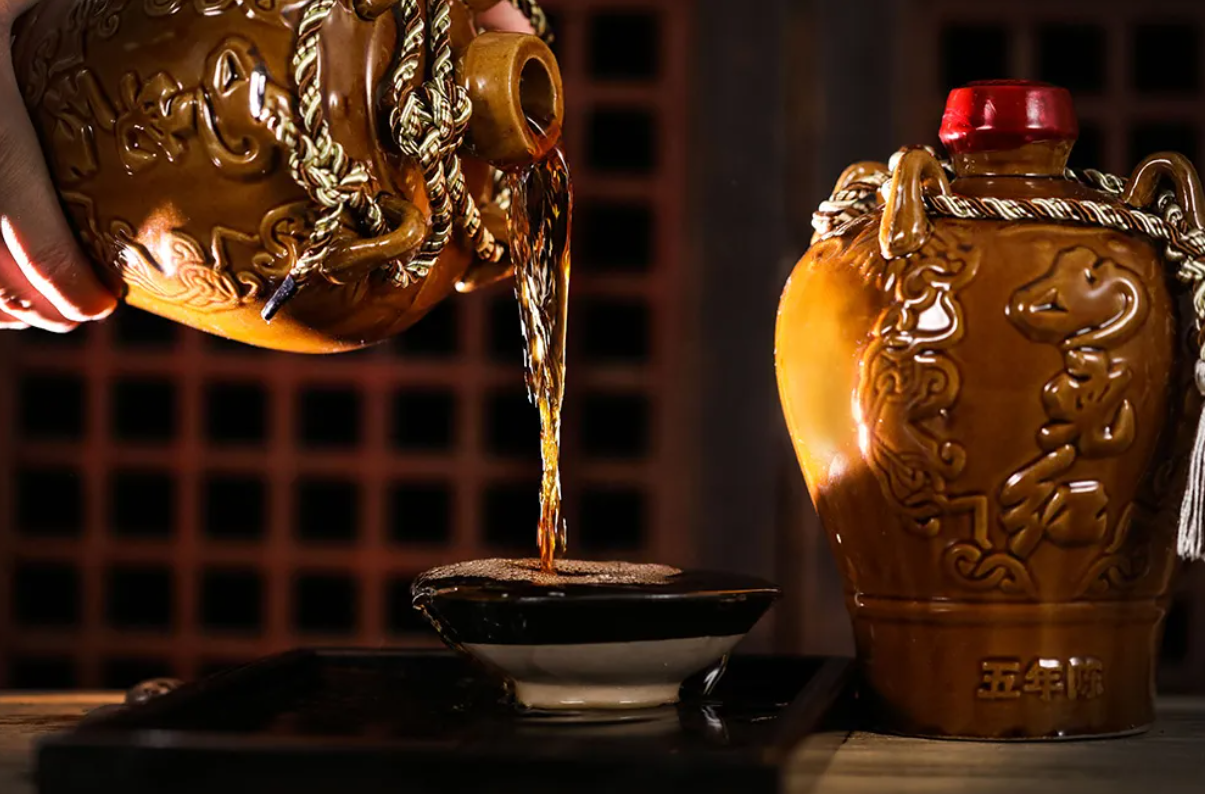 |
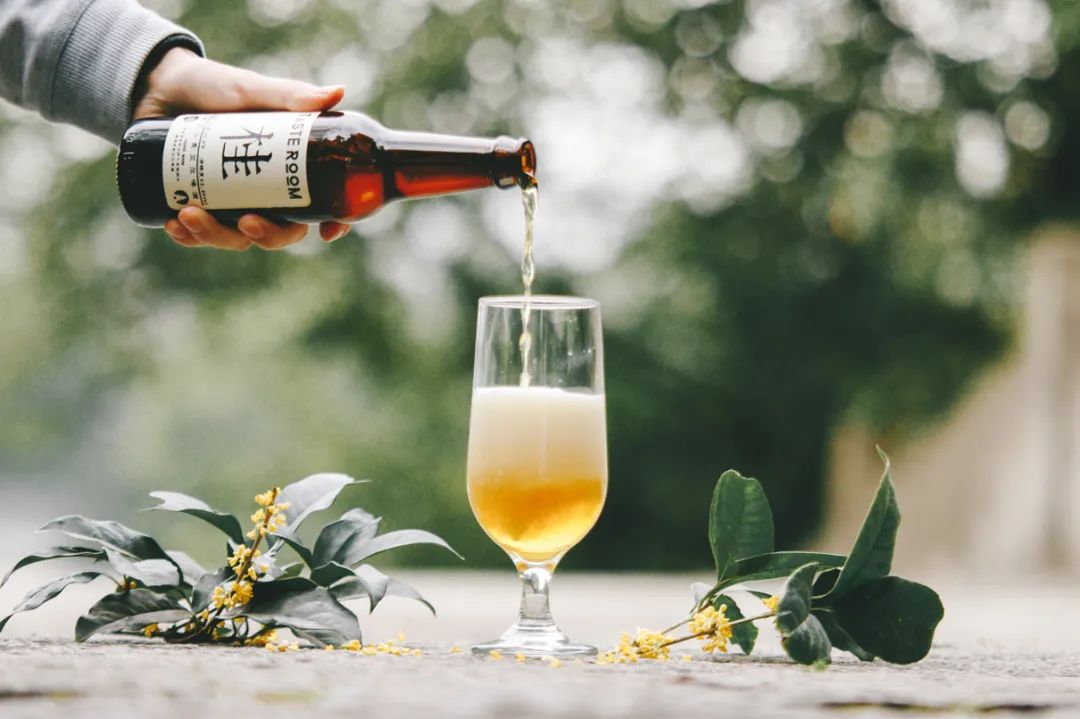 |
| Baijiu | Huangjiu | Craft Beer |
Part 11: Foodie Destinations: Where to Eat What
City Must-Try Experience
Chengdu Hotpot at Chuanchuan Xiang + Tea at People’s Park.
Guangzhou Dim Sum at Lianxiang Lou (since 1889!).
Lanzhou Hand-pulled beef noodles (Lanzhou Lamian).
Hangzhou West Lake Vinegar Fish at Louwailou.
Kunming Cross-Bridge Rice Noodles (Guoqiao Mixian).
Part 12: Must-Experience Food Festivals
Plan your trip around these delicious events:
Dragon Boat Festival (June) 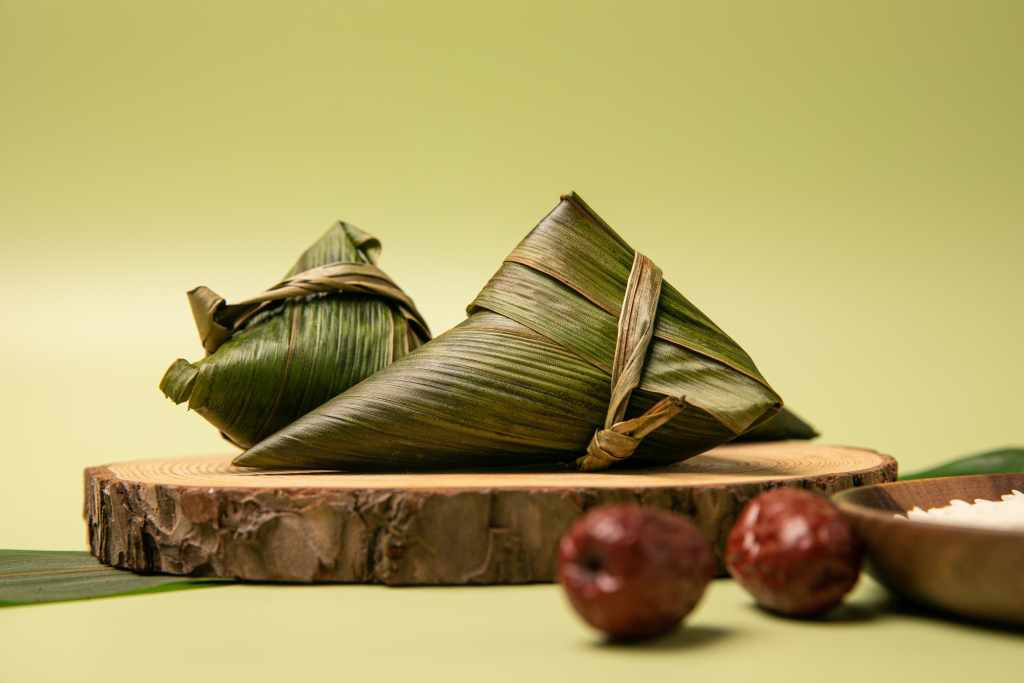
Commemorates Qu Yuan, a patriotic poet of the Warring States period who drowned himself in protest. Villagers raced boats to save him and threw zongzi (rice dumplings) to distract fish from his body. Eat zongzi (sticky rice dumplings wrapped in bamboo leaves) nationwide.
MidAutumn Festival (September) 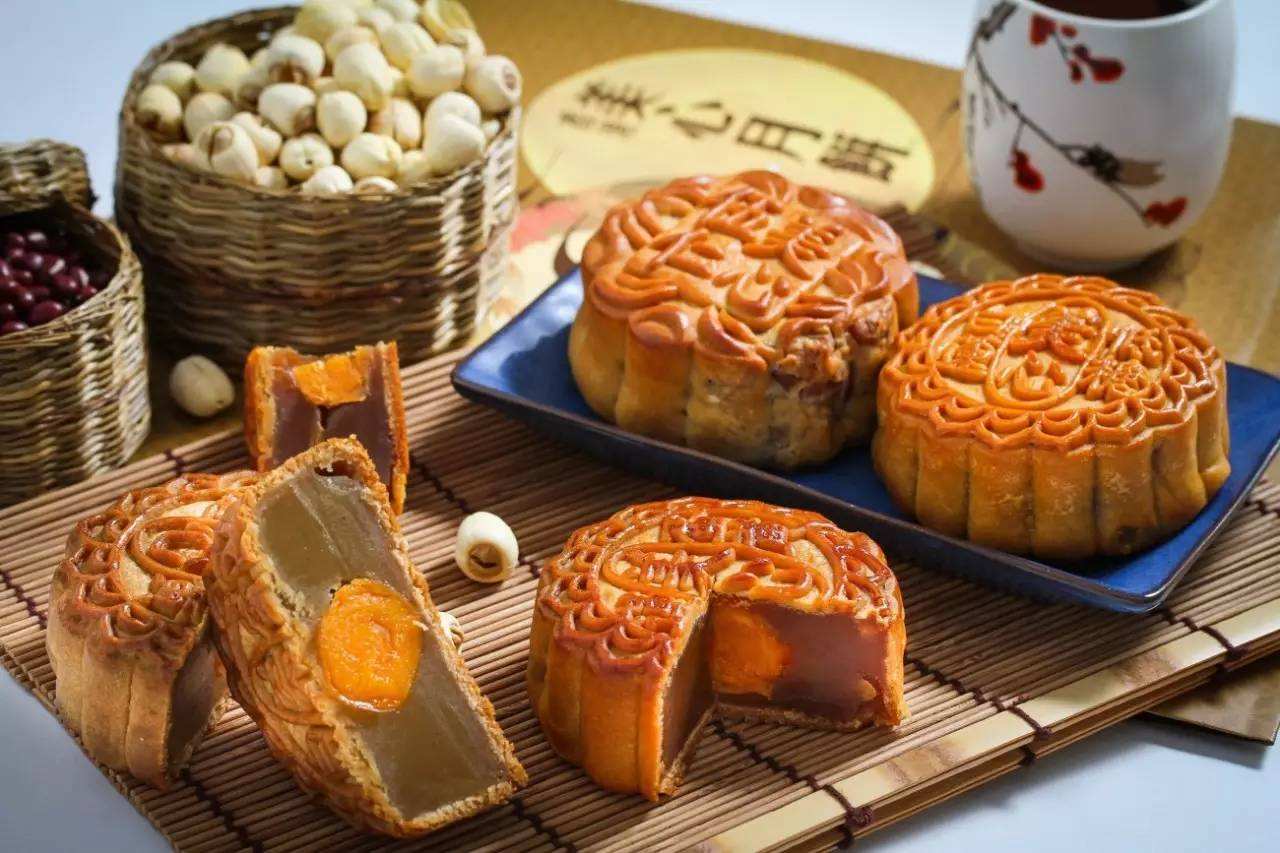
This festival rooted in moon worship during the Shang Dynasty (1600–1046 BC), later linked to the legend of Chang’e, the moon goddess. You can try mooncakes with fillings ranging from lotus paste to durian. Their round pastries symbolizing unity.
Pro Tip: Book hotels early during festivals—they get packed!
Part 13: Digital Tools for Smart Eating
Navigate China's food scene like a tech-savvy local with these essential apps:
Food Discovery & Delivery
Meituan: The Yelp+Uber Eats of China scan QR codes at restaurants for English menus
Dianping: Crowd reviewed restaurants with photo translations
Eleme: Food delivery with cash-on-delivery option for foreigners
Pro Tip: Use WeChat's "Scan" function to translate menus in real time!
Part 14: Regional Food Seasons Calendar
Time your travels for these peak flavor moments:
| Month | Delicacy | Where to Go |
| Mar-Apr | Fresh bamboo shoots | Zhejiang, Sichuan |
| May-Jun | Lychees & mangosteens | Guangdong, Fujian |
| Sep-Oct | Hairy crab | Yangcheng Lake, Shanghai |
| Nov-Dec | Hotpot season | Nationwide |
| Jan-Feb | Winter melon stews | Northern China |
Part 15: Food Markets Worth Traveling For
For Adventurous Eaters
1. Qingping Market, Guangzhou
Live scorpions, dried seahorses, and herbal remedies
2. Ganqishi Market, Chengdu
Sichuan peppercorns by the sack, 50 types of chili paste
3. Donghuamen Night Market, Beijing
Skewered starfish, candied hawthorns
For Photogenic Finds
Yu Garden Bazaar, Shanghai: Candy artisans pulling dragon's beard
Muslim Quarter, Xi'an: Mountains of persimmon cakes and rose jam
Part 16: Final Checklist for Food Travelers
Before you dine:
✓Pack digestive aids (probiotics, antacids)
✓Save emergency restaurant addresses in Chinese
✓Download offline maps of food streets
✓Carry small change for street vendors (in case no digital pay)
Part 17: Forgotten Imperial Dishes & Where to Try Them
Rediscover recipes from the Forbidden City's archives:
1. "Phoenix and Dragon"
What: Stirfried chicken (phoenix) with snake (dragon)
Where: Li Family Private Kitchen, Beijing (reservationonly)
2. "Eight Treasures Duck"
What: Duck stuffed with glutinous rice, lotus seeds, and 6 jewels
Where: De Yuan, Shanghai (since 1875)
3. "Snowflake Swallow Nest"
What: Edible bird's nest shaped like winter blossoms
Where: Tan Family Kitchen, Guangzhou (USD $300/bowl)
Part 18: Molecular Gastronomy Meets Tradition
China's cuttingedge food labs reinventing classics:
Ultra-Thin Xiao Long Bao
Where: Fu He Hui (Shanghai) Skin thinner than 0.1mm bursts with liquid nitrogen-chilled soup
Deconstructed Mapo Tofu
Where: Jing Yaa Tang (Beijing) Tofu foam, Sichuan oil spheres
Insider Access: Book months ahead for these 20 course tasting menus.
Part 19: The Philosophy of Chinese Dining
"医食同源" (Yī shí tóng yuán): "Food and medicine share the same roots"
Discover how traditional Chinese medicine principles shape every meal:
Hot vs. Cold Foods: Balance yin (cooling) and yang (warming) ingredients
Summer dish: Bitter melon soup (cooling)
Winter dish: Lamb hotpot (warming)
Color Therapy: The five-element theory on your plate
Red (heart) → Tomatoes
Green (liver) → Bok choy
Black (kidneys) → Black sesame
Try This: Visit a medicinal food restaurant in Guangzhou for prescribed meals.
Part 20: The Art of Chinese Food Presentation
Decode the symbolism in plating:
| Presentation | Meaning | Example Dish |
| Whole fish served upright | "May your prosperity never end" | Steamed mandarin fish |
| Circular dumplings | Family reunion | Jiaozi for New Year |
| Red-colored foods | Good fortune | Lobster at weddings |
| Phoenix carving | Feminine grace | Wedding banquet centerpiece |
Your chopsticks may rest now, but the journey continues. China's culinary map constantly evolves new street foods emerge, ancient recipes resurface, and adventurous eaters like you keep the traditions alive.
Bon voyage, may you eat across the world!




































